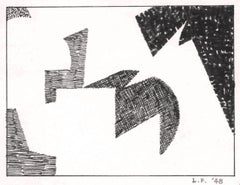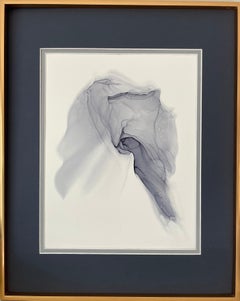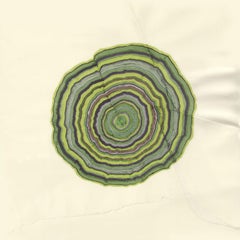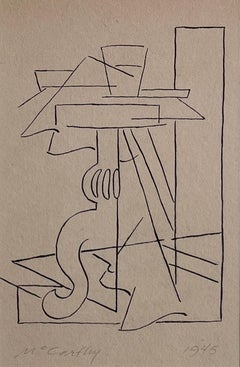Ink Abstract Drawings and Watercolors
1940s Modern Ink Abstract Drawings and Watercolors
Paper, Ink, Pencil
1940s Abstract Expressionist Ink Abstract Drawings and Watercolors
Paper, Ink
1940s Surrealist Ink Abstract Drawings and Watercolors
Paper, India Ink, Watercolor
1940s Abstract Expressionist Ink Abstract Drawings and Watercolors
Paper, Ink, Pen
1940s Surrealist Ink Abstract Drawings and Watercolors
Ink, Watercolor
1940s Surrealist Ink Abstract Drawings and Watercolors
Paper, Ink
1940s Abstract Geometric Ink Abstract Drawings and Watercolors
Paper, Ink
1940s Cubist Ink Abstract Drawings and Watercolors
India Ink
1940s American Modern Ink Abstract Drawings and Watercolors
Charcoal, Ink, Watercolor
1940s Abstract Ink Abstract Drawings and Watercolors
Ink, Rag Paper
1940s Abstract Ink Abstract Drawings and Watercolors
Ink
1940s Ink Abstract Drawings and Watercolors
Ink
1940s Modern Ink Abstract Drawings and Watercolors
Paper, Ink, Casein
1940s Abstract Expressionist Ink Abstract Drawings and Watercolors
Crayon, Ink
1940s Abstract Ink Abstract Drawings and Watercolors
Ink, Archival Paper
2010s Abstract Expressionist Ink Abstract Drawings and Watercolors
Paper, Ink
21st Century and Contemporary Contemporary Ink Abstract Drawings and Watercolors
Ink, Archival Paper, Permanent Marker
21st Century and Contemporary Contemporary Ink Abstract Drawings and Watercolors
Ink, Archival Paper, Permanent Marker
21st Century and Contemporary Contemporary Ink Abstract Drawings and Watercolors
Ink, Archival Paper, Permanent Marker
1980s Abstract Expressionist Ink Abstract Drawings and Watercolors
Watercolor, Archival Paper
1980s Surrealist Ink Abstract Drawings and Watercolors
Pastel, Gouache, Carbon Pencil
Mid-20th Century Abstract Expressionist Ink Abstract Drawings and Watercolors
Paper, Pastel, Watercolor
1960s Abstract Expressionist Ink Abstract Drawings and Watercolors
Watercolor, Tissue Paper
2010s Abstract Ink Abstract Drawings and Watercolors
Paper, India Ink
1950s Surrealist Ink Abstract Drawings and Watercolors
Watercolor
1970s Surrealist Ink Abstract Drawings and Watercolors
Pastel, Gouache, Carbon Pencil
2010s Surrealist Ink Abstract Drawings and Watercolors
Paper, Ink, Watercolor
1940s Abstract Ink Abstract Drawings and Watercolors
Ink, Archival Paper
1940s American Modern Ink Abstract Drawings and Watercolors
Charcoal, Archival Ink, Watercolor, Archival Paper
1940s Abstract Geometric Ink Abstract Drawings and Watercolors
Ink, Casein, Paper
1940s Abstract Ink Abstract Drawings and Watercolors
Paper, Ink, Mixed Media, Watercolor
Edward MarecakA Small Incantation, 1940s Abstracted Figural Watercolor and Ink Painting, circa 1940s
1940s American Modern Ink Abstract Drawings and Watercolors
Charcoal, Ink, Watercolor
1940s Modern Ink Abstract Drawings and Watercolors
Ink
1940s Modern Ink Abstract Drawings and Watercolors
Ink, Watercolor
1940s Abstract Geometric Ink Abstract Drawings and Watercolors
Ink
1940s Abstract Geometric Ink Abstract Drawings and Watercolors
Ink
1940s Abstract Ink Abstract Drawings and Watercolors
Crayon, Ink, Mixed Media, Watercolor, Felt Pen
1940s Abstract Ink Abstract Drawings and Watercolors
Watercolor, Board, Paper, Ink
1940s Surrealist Ink Abstract Drawings and Watercolors
Ink







